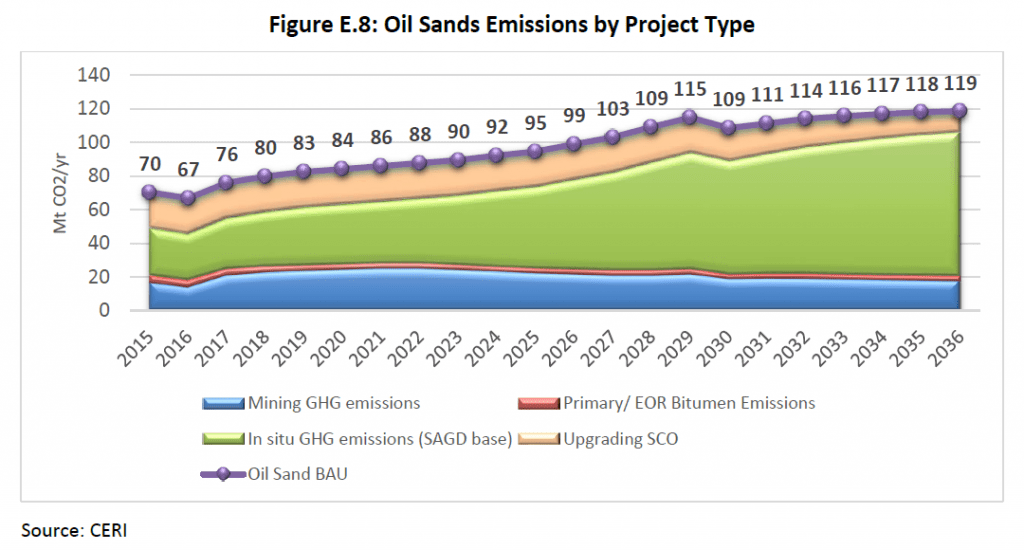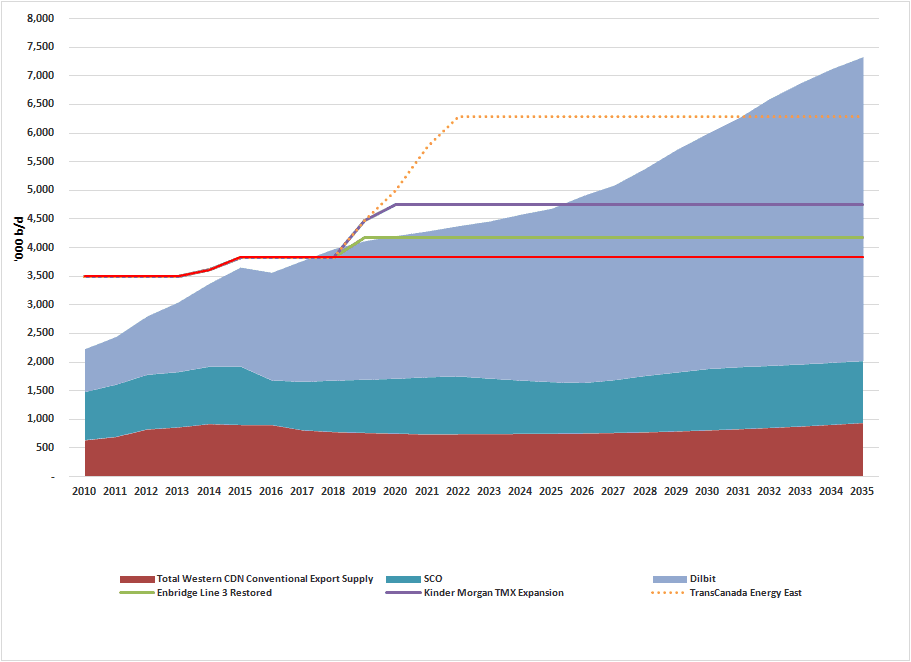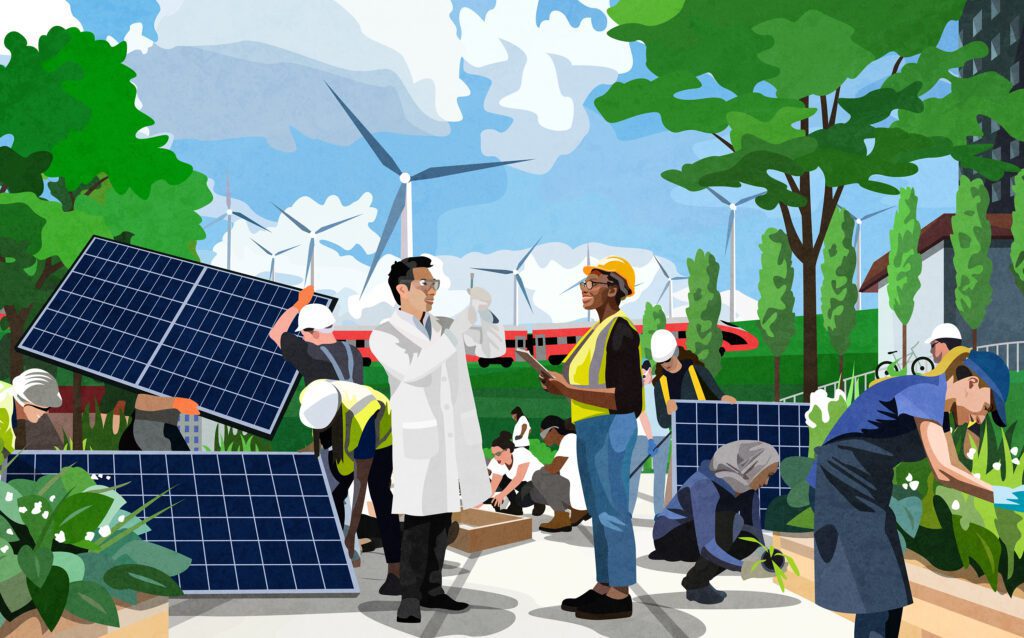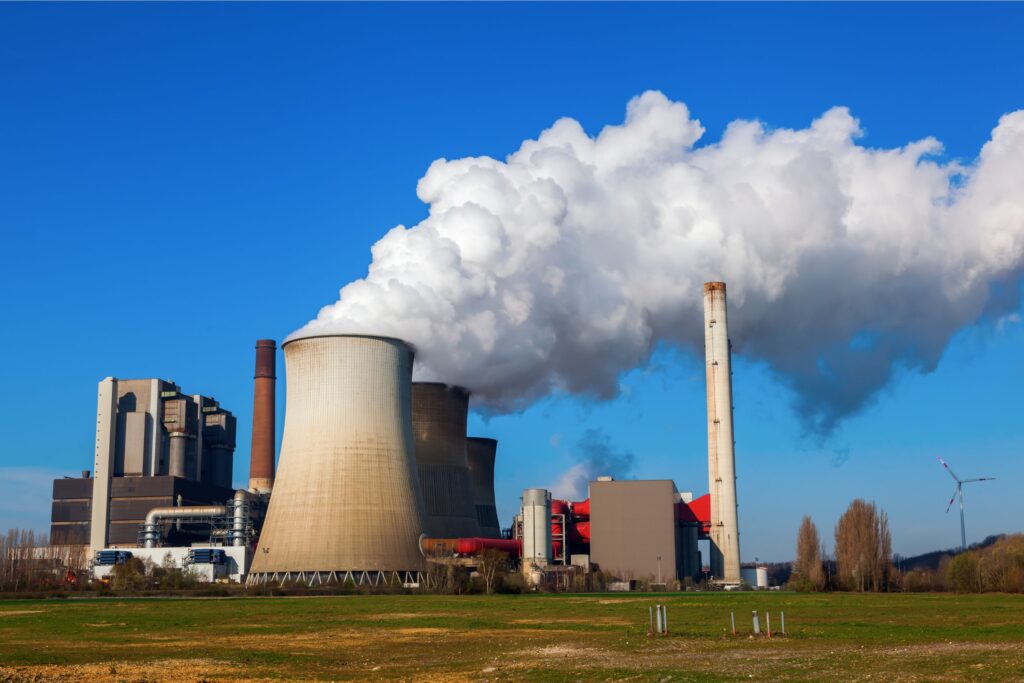Lost in the media mayhem surrounding the new U.S. administration, a little-noticed report was released in February that showed the 100 megatonne (MT) cap on greenhouse gas (GHG) emissions from the Alberta tar sands would be reached by 2027 – just ten years away. The report raises some inconvenient questions for the federal government about Canada’s climate commitments and the push for new tar sands pipelines.
Last year, the Alberta government enshrined in legislation a 100 MT cap on GHG emissions from the tar sands. It’s the world’s first example of an oil-producing jurisdiction putting a hard limit on emissions from its oil industry. It will act as a useful backstop for emissions growth from the tar sands and from Alberta and Canada more generally.
This month’s report from the Canadian Energy Research Institute (CERI), a Calgary-based think tank with close ties to the oil industry, paints a clearer picture of what the cap means for tar sands production and pipelines.
According to CERI, at 70 MT per year in 2015 (the latest year with data available), carbon pollution from the tar sands is projected to grow to 99 MT by 2026 and 103 MT by 2027, exceeding the legislated cap in just ten years at current emissions intensity.


CERI itself acknowledges that staying below the cap is important to government and industry. The report also acknowledges that increasing tar sands production makes it increasingly difficult for Canada to meet its climate commitments. But then the report proceeds to project the cap being blown by 19 MT within 20 years (by 2036) and calls for more pipeline approvals.
CERI’s support for new pipelines is curious considering what the report shows about the Alberta cap. Last year, the federal government approved two pipelines, Line 3 and Kinder Morgan, that would enable tar sands expansion that meets or exceeds the 100 MT Alberta cap. According to CERI, under current emissions intensity, the cap would be reached when oil production hits about 4.7 million barrels per day (bpd), from 3.7 million bpd in 2015. Line 3 and Kinder Morgan would together enable 960,000 bpd of additional pipeline capacity, facilitating production growth that hits the cap.
Either of the two proposed TransCanada pipelines, Keystone XL or Energy East, would certainly blow through the cap. Together they would add nearly 2 million bpd of pipeline capacity.


There’s no need for new pipelines for current production. Industry analysts suggest that tar sands producers might even have trouble filling the pipelines that have already been approved. Even the CEO of Enbridge agreed last week that at least two of four proposed pipelines are not needed.
Canada has committed to reduce carbon pollution by 30 per cent below 2005 levels by 2030 and 80 per cent by 2050. It is moving forward with a Pan-Canadian Framework on Clean Growth and Climate Change that lays out an (imperfect) plan for all provinces and economic sectors to cut carbon—except for the oil and gas industry. Under the framework, Canada’s total emissions must be reduced from 749 MT to 551 MT in 2027, the same year that CERI predicts Alberta will hit the 100 MT tar sands cap.
The cap is a significant milestone, but questions remain about the Alberta cap in relation to Canada’s climate commitments. Essentially, CERI envisions a scenario in which a single industry would represent nearly one-fifth of the entire country’s carbon emissions in 2027. It begs the question: if or how do we make big cuts in other areas to meet our emission targets?
The tension between the Alberta cap and Canada’s climate commitments grows in the longer term as Canada moves toward decarbonisation. To meet its 2050 targets, Canada must cut carbon pollution to less than 150 MT. If the Alberta cap does not decrease over time, emissions from the tar sands would make up a massive two-thirds share of Canada’s carbon emissions in 2050.
In January, Prime Minister Trudeau called for a managed decline of the tar sands—and he was correct. The Alberta emissions cap is a good start, but we need a plan that aligns with Canada’s climate commitments and ensures a just transition for communities and workers in Alberta.
The first thing we can do is stop building new fossil fuel infrastructure that would exceed the cap. Tell the federal government to reject the risky Energy East pipeline.







